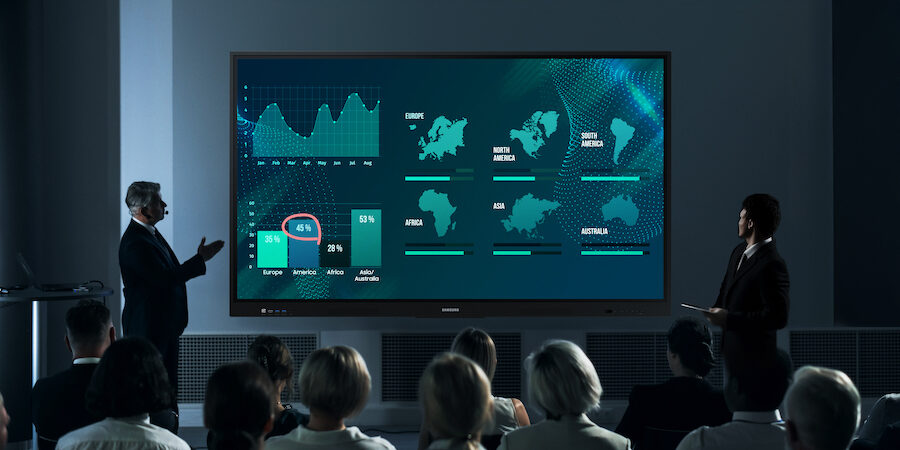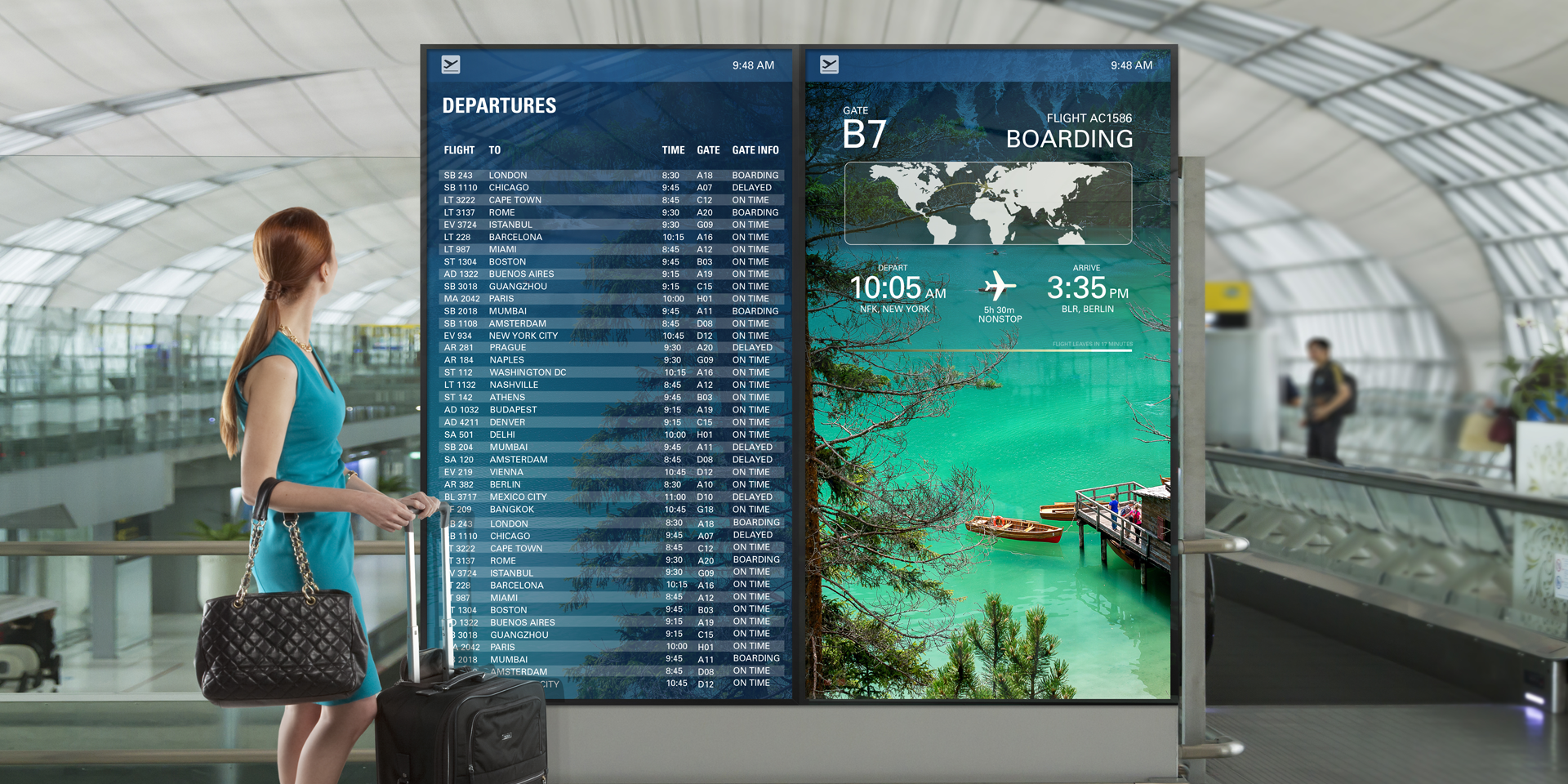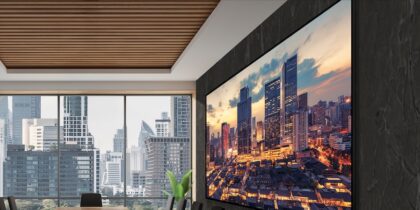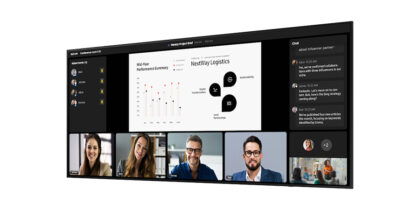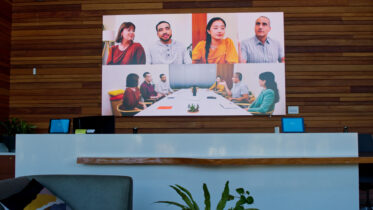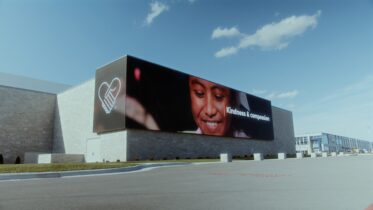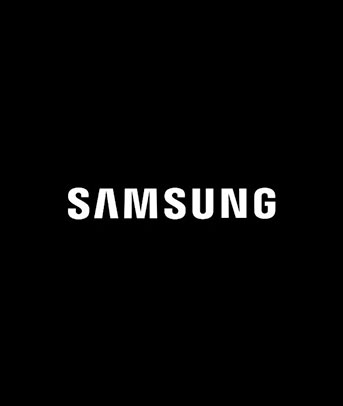Conference rooms need to be as hardworking as their occupants. Whether used as a solo retreat for concentration, a huddle space for teamwork or a venue for full department gatherings, the meeting room must support all the people and projects inside it. Smart conference room technology is the center of this functionality — even more so in a hybrid working world. When looking at types of technology used in meetings, such as file sharing, videoconferencing and graphic displays, as well as the ability to connect and broadcast to and from a wider variety of devices, it’s important to consider the user and the space.
Since each addition to the meeting room increases the system’s complexity and becomes ever more challenging to manage and operate — whether integrating new elements into existing networks or simply finding the physical space to put new hardware — end-user experience matters. That’s why technology providers are simplifying meeting spaces by focusing on high-tech, low-hassle solutions that enhance functionality. Here’s how.
Paring down to increase functionality
If you’re thinking about creating the meeting room of tomorrow using smart conference room technology, aim for functionality, universality and simplicity. You don’t want to force attendees to install third-party software, change file formats or connect devices with cables. Accessibility and engagement should be easy, too. No one should have to program anything, turn anything on or connect hardware components, but instead, get to work immediately. A reliable content management solution is also essential for streamlining operations and ensuring meeting success.
Digital signage content management made easy
Get your complete guide to configuring and tailoring real-time messaging using an integrated CMS. Download Now
Fortunately, technology leaders like Samsung bring powerful functionality with simple operations. Interactive displays, such as Samsung Interactive Display WAF Series, offer a great example. Up to 40 on-screen touchpoints allow multiple employees and teams to collaborate on the screen at once. Available in three sizes — 65-inch, 75-inch, and 86-inch — the device mounts directly on the wall, so there’s nothing to trip over or walk around. Plus, an always-visible Annotation On feature allows users to take notes at any time, no matter what’s on the screen, including videos, websites or handwritten content. With AI functionality, users can easily ask the display to summarize and organize notes with subheadings and timestamps. Additionally, the Circle to Search with Google tool allows for quick searches of words and images.
Managing the WAF becomes even easier with the right content management system in place. Samsung VXT simplifies managing meeting room displays by providing centralized control, seamless scheduling and easy content distribution, ensuring a more efficient and organized meeting environment.
Making setup a thing of the past
In a traditional conference room setup, IT staff would need to dedicate significant time to preparing for a meeting, whether testing audiovisual equipment, moving cables out of the traffic area, or installing and updating software. Thankfully, the latest technology should eliminate most of this.
Samsung QPD is a 105-inch supersized display optimized for a videoconference layout and quick setup. It provides an immersive meeting environment, whether in-person or remote. With a super-low profile of 48.1mm, QPD is the slimmest screen in its class and enables flush wall mounting with outward-facing ports. Using Smart View and wireless screen-sharing, up to 10 people can collaborate at the same time. And the display seamlessly integrates with virtual meeting technology like Microsoft Teams, enabling smooth collaboration, easy content sharing and real-time communication for a more productive meeting experience.
Also, there’s no need to arrange additional technology in the conference room since users can share their personal device screens and charge them simultaneously with the enhanced connectivity of the USB Type-C port.
Simplicity for success
Complexity often presents more hurdles than hands up when it comes to achieving a common goal, and that’s true for meeting room technology, too. When a system contains too many parts, connections and inputs, snarls inevitably occur, whether due to technical issues or functionality shortcomings. Simplify with the right technology, and maximize the impact of your meetings.
Learn more about outfitting a flexible office with technology. Also, find everything you need to know about choosing your store’s LED displays for optimal viewing indoors and out in this free guide.
